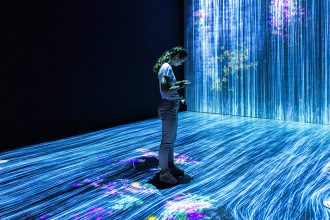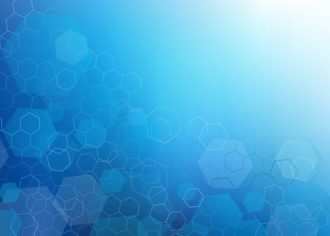
January 5, 2018
About “About”: “Less Than About 3%” Includes 4%
In Monsanto Technology LLC v. E.I. DuPont De Nemours & Co., [2017-1032] (January 5, 2018), the Federal Circuit affirmed the PTAB’s decision that affirmed reexamination examiner’s rejection of claims of U.S. Patent No. 7,790,953 on Soybean Seed and Oil Compositions and Methods of Making Same as anticipated by or obvious from U.S. Patent No. 6,426,448.
Monsanto argued that the Board misconstrued the “about 3% or less” limitation in the ’953 patent to include progeny with a linolenic acid content of 4%, but the Federal Circuit found that the PTAB “reasonably interpreted” Booth’s parent line containing 4% linolenic acid “to be within the scope of ‘about 3%,’” as recited in claim 1 step (a). The Federal Circuit found that the claim language was not instructive, so it turned to the the remainder of the specification. The Federal Circuit noted that Exhibit 9, which purportedly had a linolenic acid content of about 3%, which included a reference that disclosed linolenic acid contents from 2.3% to 4.1%.
Thus the Federal Circuit found that the intrinsic evidence supported finding that a person having ordinary skill in the art would reasonably consider “about 3%” to encompass a range that includes 4%, and that Monsanto’s counterarguments were “unavailing.”
Monsanto further argued that the finding of anticipation was not supported by substantial evidence because the anticipation was not inherent, as the PTAB found. The Federal Circuit disagreed, saying that inherent anticipation applies because the prior art “necessarily include the unstated limitation.”
Declarations in the record confirmed that the generation identified in the prior art would necessarily result in progeny within the scope of claim 1. Monsanto challenged the PTAB’s reliance on this “non-prior art data” and “secret data” in the declarations, but the Federal Circuit found this was appropriate, saying that Monsanto was confusing prior art with extrinsic evidence used to support what is “necessarily present” in a prior art’s teaching. Extrinsic evidence may be used to interpret the allegedly anticipating reference and to shed light on what it would have meant to a person of ordinary skill in the art.
The Federal Circuit said that the declarations did not expand the meaning of reference or serve as prior art: they demonstrate what is inherent in the disclosure. Second, the declarations were not improper “secret data” — the were not used as prior art, but merely in support of prior art already of record. Third, the Federal Circuit offered no rebuttal evidence to the declarations.
The Federal Circuit further affirmed the obviousness determination, noting that PTAB did not rely solely on its finding of inherent anticipation, but explained that explained that a PHOSITA would have been motivated to modify the reference to meet the requirements of the claims.




































